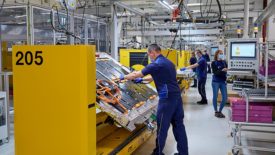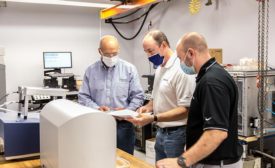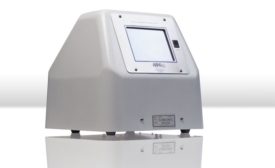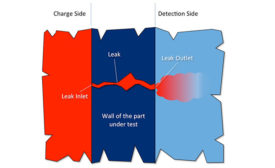Home » Keywords: » leak detection
Items Tagged with 'leak detection'
ARTICLES
Electric Vehicles
Leak-Detection Standards for Electric Vehicles Long Overdue
Quality control lags behind rapid growth of EV sales in North America.
October 3, 2022
NDT | Leak Testing
E-Mobility Gives Automakers a Host of Leak Detection Challenges
EV battery cells, battery packs, electric motors and other systems modified for EV applications all require leak testing to assure both quality and safety.
June 9, 2021
Standardized Leak Testing for Lithium-Ion Battery Cells
It is Essential for Automakers.
January 6, 2021
NDT Leak Testing
Supply, Demand and Cost: Don’t Let That Helium Just Drift Away at the End of a Leak Test
How can you make the most of this increasingly precious commodity for your critical quality assurance needs?
August 5, 2020
NDT Leak Testing
Leak Testing Meets New Energy Storage Needs
Leak tightness is a major criterion for stable performance of a battery pack over the expected lifetime of an electrical vehicle.
August 5, 2020
How Leak Testing Works
A leak test is a procedure used to determine if an object, product, or system functions within a specified leak limit.
February 8, 2020
Stay in the know with Quality’s comprehensive coverage of
the manufacturing and metrology industries.
eNewsletter | Website | eMagazine
JOIN TODAY!Copyright ©2024. All Rights Reserved BNP Media.
Design, CMS, Hosting & Web Development :: ePublishing









